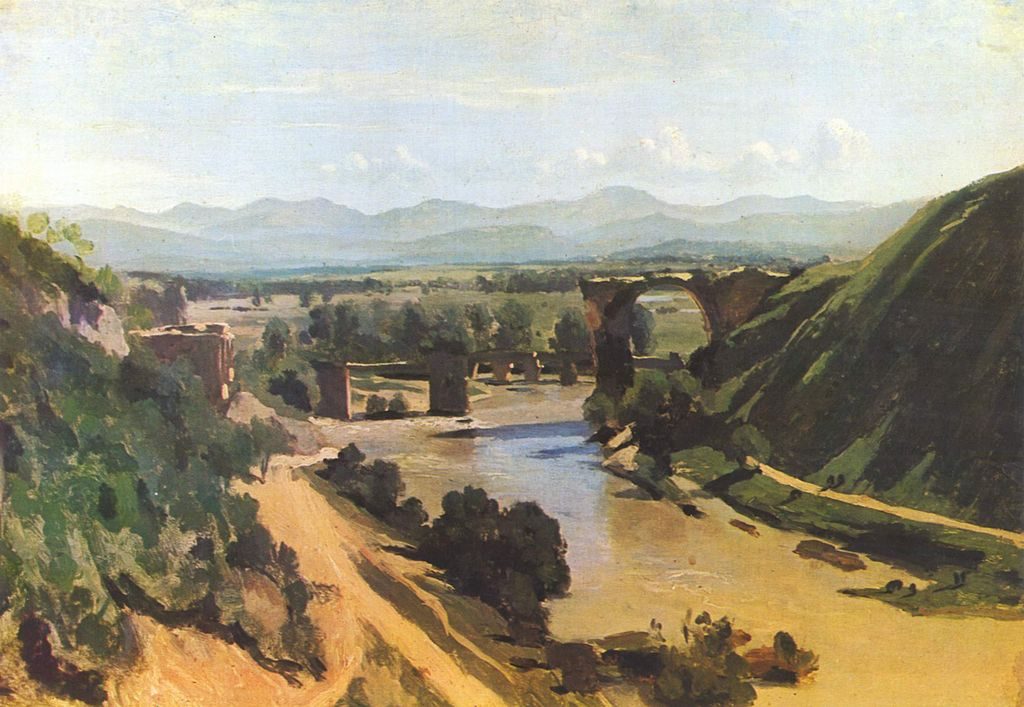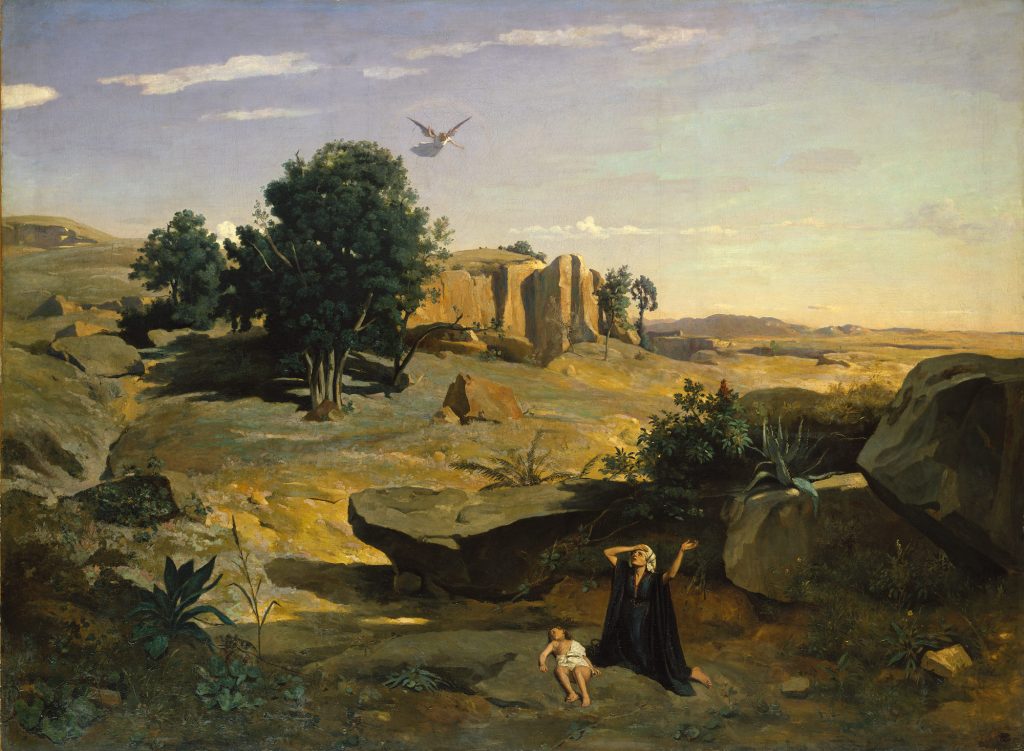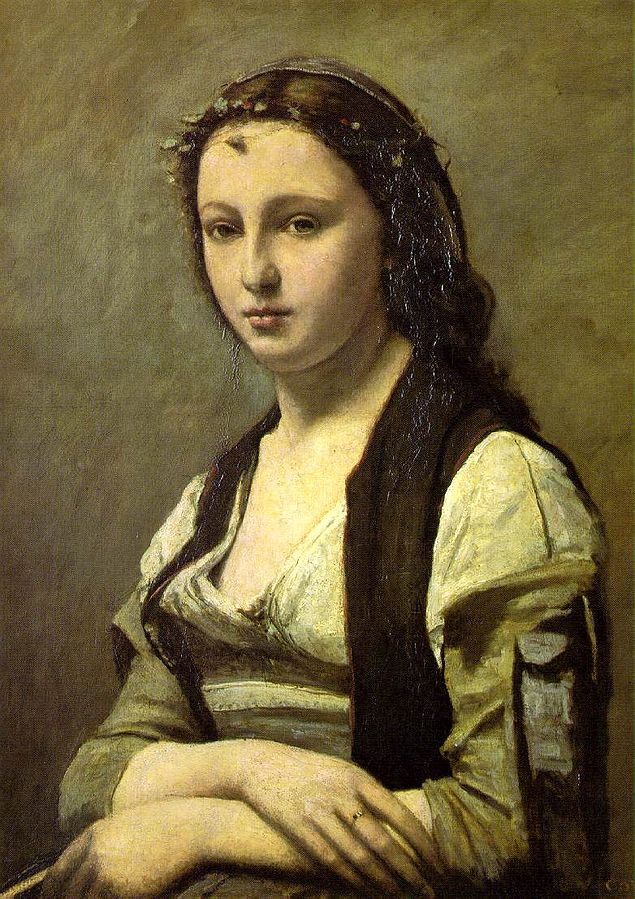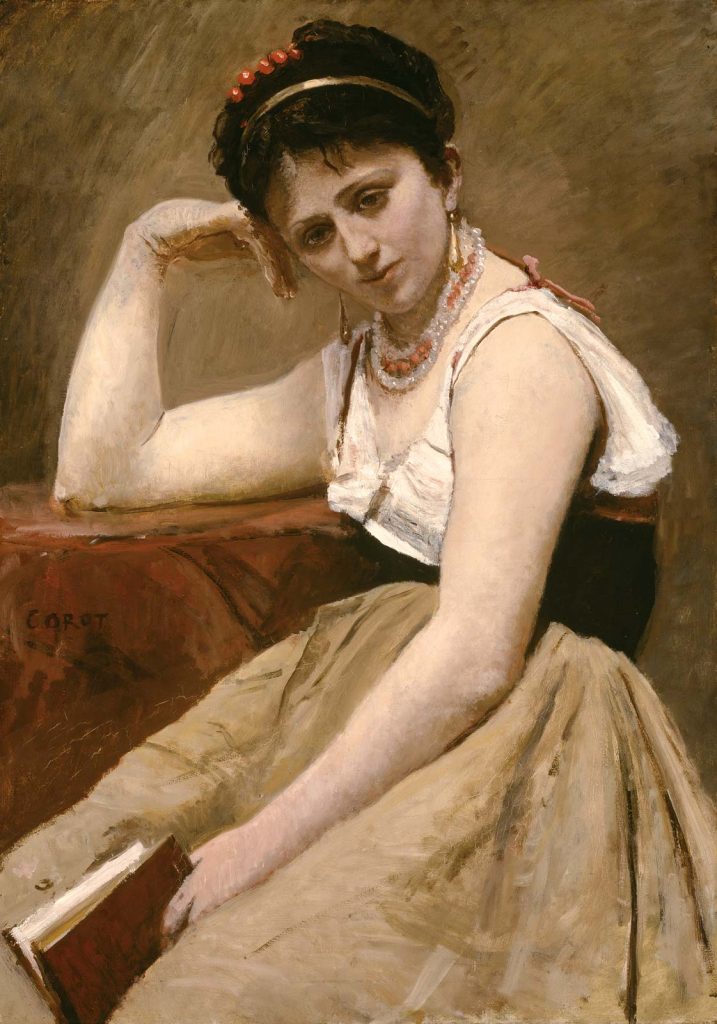Camille Corot
Born on July 16, 1796, as Jean-Baptiste-Camille Corot in Paris, France, this prolific artist was well-known for his landscape paintings that later influenced Impressionist painters. Born to rich parents, Camille dreamed of becoming a painter.

Camille studied at the Louvre, with private lessons from Achille-Etna Michallon and Jean-Victor Bertin, followers of Neoclassical painter Pierre-Henri de Valenciennes.

Eventually, Camille would travel to Rome and upon returning, declared to his friend that he will paint landscapes and never get married, a statement that remained true for the rest of his life. He later achieved popularity through painting poetic landscapes, with sensitive tones and silvery colours.

Corot regularly showcased his work in the 1830s, earning him critical success. Collectors then became eager for his work in the 1850s. Corot started and gave lessons to impressionists such as Camille Pissaro and had many pupils studying under his wing, also earning the name “Papa Corot” for his kindness and generosity.

By the time of his death on February 22,1875, Corot established a foundation for landscape painters in the Impressionism Art Movement and became highly respected. Respect- well-deserved for an artist with a kind heart and mastered tuning towards landscapes with tones and colour.

WORKS CITED
- Bowness, Alan. “Camille Corot.” Biographies, 12 July 2019. Encyclopædia Britannica, inc., https://www.britannica.com/biography/Camille-Corot. Accessed 27 Oct. 2019.
- Gombrich, E.H. “Permanent Revolution: The nineteenth century” The Story of Art, by Ernst Hans. GOMBIRCH, 16th ed., Phaidon, 1995
IMAGES OBTAINED FROM
- https://en.wikipedia.org/wiki/The_Bridge_at_Narni#/media/File:Jean-Baptiste-Camille_Corot_006.jpg
- https://www.britannica.com/biography/Camille-Corot/Years-of-success#/media/1/138362/180442
- https://www.metmuseum.org/toah/works-of-art/38.64/
- https://commons.wikimedia.org/wiki/File:Camille_Corot_-_Woman_with_a_Pearl.jpg
- https://www.britannica.com/biography/Camille-Corot/Years-of-success#/media/1/138362/59883